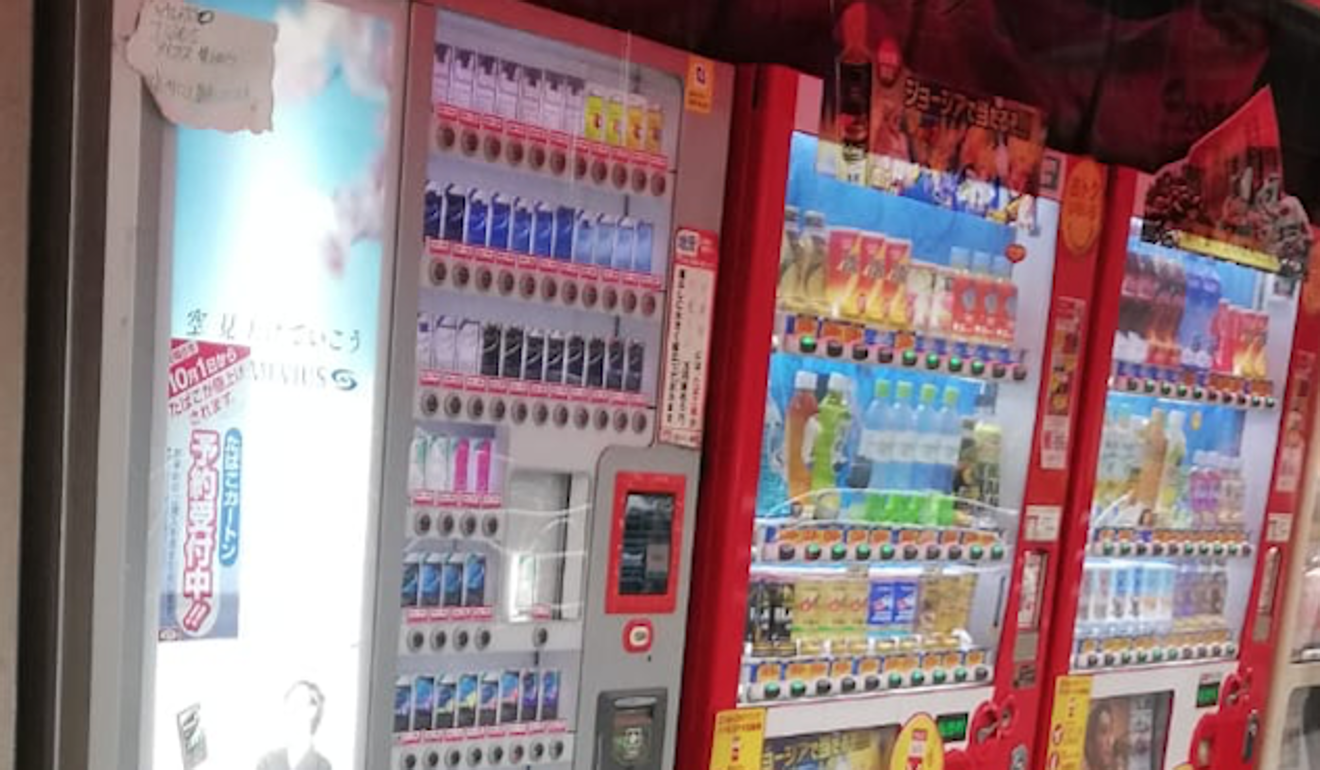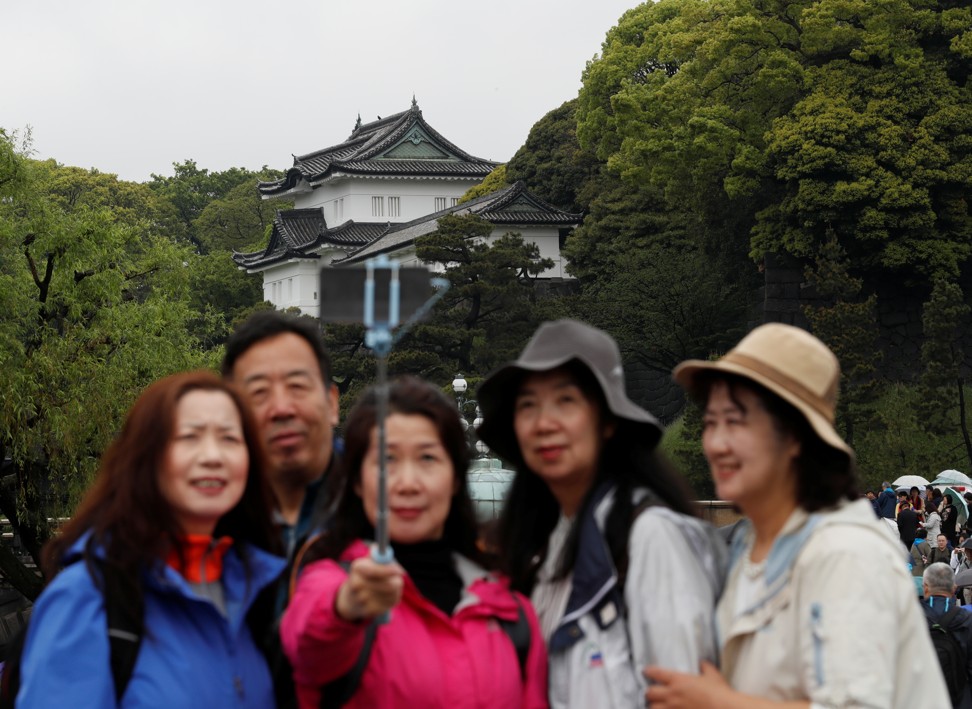
Japan’s plan to beat labour woes? Vending machines for duty-free goods
- The government is set to approve the plan as an influx of tourists coincides with a lack of personnel who can speak foreign languages
- Japan is facing a worsening labour shortage, a legacy of its shrinking population and decreasing birth rate
In Japan, sweet potato thefts raise suspicions of yakuza involvement
A tourism agency official said new technology such as facial recognition, as well as the rising popularity and availability of vending machines that use the internet of things, allowed such machines to carry out processes that human beings previously had to do.
“Therefore, if our requests are approved, we hope to use vending machines to expand tax-free sales to more rural areas where it is harder to employ speakers of languages other than Japanese,” he said.
The government will include the plan in the outline of its proposals for tax-reform measures for fiscal 2020. The tourism agency hopes the first duty-free vending machines will be operational a year later.

“I cannot give you an exact number of how many machines may be introduced, but after our plan was announced there were approaches from multiple manufacturers who wanted to be considered for developing the equipment,” the agency official said.
The machines will initially be installed in places such as airports, large shopping malls and train stations that are used frequently by travellers from overseas.
Presently, staff at duty free shops are required to manually verify the identity of any purchasers from overseas – a system complicated by a shortage of employees who can communicate in other languages, particularly outside major cities.
Japan scraps end-of-life ad campaign with comedian amid backlash
Statistics from the Japan National Tourism Organisation show that 8.38 million Chinese tourists visited Japan last year, with a further 7.54 million from South Korea, 4.76 million from Taiwan and 2.21 million arrivals from Hong Kong.
To meet demand from this influx of travellers, the number of duty-free stores in Japan has increased fivefold in the past five years to around 52,000 outlets. Many of those shops, however, are unable to find staff able to speak another language and to interact with foreign travellers.
This is partly because Japanese education has prioritised English fluency – particularly the written form of the language – over the languages of its near-neighbours. As a consequence, there are relatively few people fluent in Mandarin or Korean, and those who do have such language skills are able to secure well-paid corporate positions.
Japan also has a worsening labour shortage, a legacy of its shrinking population and decreasing birth rate, that will become increasingly acute in the years to come. One side effect of the situation is a contracting rural population, which the government is attempting to overcome through the increased application of new technologies.
Ashley Harvey, country manager for destination marketing and public relations firm Aviareps Japan, said this ever-decreasing pool of talent meant companies needed “greater efficiency from their existing staff, which is not always possible, or to come up with innovative solutions”.
Japan’s birth rate takes a nosedive amid rising costs of having a family
“[The vending-machine plan] appears to be one of those innovative solutions, but I don’t know quite how it will chime with the customer. It does seem a little soulless to me, particularly when Japan’s tourist authorities are pushing the ‘Japan omotenashi’ narrative,” he said, citing the slogan that means to wholeheartedly welcome guests.
More than 24.4 million foreign tourists arrived in Japan in the first nine months of 2019, and the nation is on course to surpass last year’s tally of 31.19 million visitors, despite a boycott by South Korean tourists due to Seoul and Tokyo’s differences of opinion on historical issues.
Spending by foreign tourists in 2018 surged 25.8 per cent on the previous year to a record Ұ4.51 trillion (US$41.6 billion), according to government figures, up for a seventh consecutive year and averaging Ұ153,000 (US$1,405) per person.
Chinese visitors were the biggest spenders, shelling out a total of Ұ1.54 trillion, followed by South Korean tourists’ Ұ584.2 billion and Taiwanese visitors, who spent Ұ583.9 billion.


